
On my holiday in Tasmania, one of my favourite things was learning about the history of the people who settled there.
Even though I grew up in Canada, a Commonwealth country, I knew very little Australian history when I arrived here. It’s been such an adventure reading historical books and watching historical movies, and now, visiting historical places to learn as much as I can.
Outside Launceston is the incredibly beautiful Woolmers Estate, a stunningly preserved 19th century rural estate that was continuously occupied by the Thomas Archer family from 1817 to 1994. It is located next to Brickendon, a lovely colonial farm village still managed by the descendants of William Archer, brother of Thomas.
For much of its existence, Woolmers Estate was home to nearly 100 people who lived and worked there. It houses a dazzling array of artifacts collected and stored by the Archer family for over 180 years. From restored automobiles and exquisite china to handmade furniture and lavish paintings, they provide a detailed glimpse into what life was like for the early settlers, from the convict laborers to the wealthy landowners.
The rose gardens alone are breathtaking, with 5000 rose bushes from 30 unique rose families. Crunching along the gravel pathways, stopping to smell the lush blooms, was an inspiring way to begin our tour.
I’m always fascinated by gardens in mainland Australia since they have to be so hardy, able to withstand extreme heat, drought, and frost in winter. The gardens in Tasmania reminded me of Canada and England, for they benefit from ample rain and cooler temperatures.
Wandering through old buildings is always a delight to me. It doesn’t take much for me to start imagining the inhabitants, and what it would be like to call such places home.
The buildings felt a bit Italian to me, and it was only later that I learned the architect had been inspired by Italian design.
Little sun-drenched nooks like this feel so warm and peaceful, especially on a cool Autumn day.
This was near the original kitchens, and I got to clamber down some very steep steps into the dark stone cellar. It was so deliciously cool down there I wondered why every Australian home doesn’t have one. Seriously, I’d happily live in a stone cellar all summer long, only emerging for morning and evening.
This is the main house, and that sprawling veranda delighted me no end. I could well imagine spending happy hours out there, chatting with neighbours dropping in for tea, watching kids gambol about on the lawn, rocking gently and enjoying the glorious views of the valley.
In summer this would be my favourite spot. Shady and cool with ample breezes blowing through.
The house doesn’t look very posh from the outside, but inside is a different story. Intricate woodwork, elegant furniture, and exquisite silver, crystal, and china make it feel like you’ve stepped into the home of an English aristocrat.
This little building made me laugh. It was the colonial version of a man cave where the man of the house and his male guests would gather for smoking, drinking, and whatever it is menfolk get up to when they’re out of sight of the ladies. When their booze supplies ran low, they’d run a flag up the pole and attentive servants would hustle out with more bottles.
Woolmers Estate is a peaceful place, quiet and serene. You can take an informative guided tour full of fascinating history and family stories, or wander about at your leisure.
We arrived at just in time for the last tour, and I’m so glad we did. Although we couldn’t take pictures inside the buildings, I really enjoyed learning how the posh Tasmanian settlers lived, loved, and worked.
We wandered back through the rose gardens, soaking up more of that glorious Tasmanian Autumn sunshine, then headed on to another garden down the road. I’ll tell you more about that next time.
Is there a history you would like to learn more about? xo

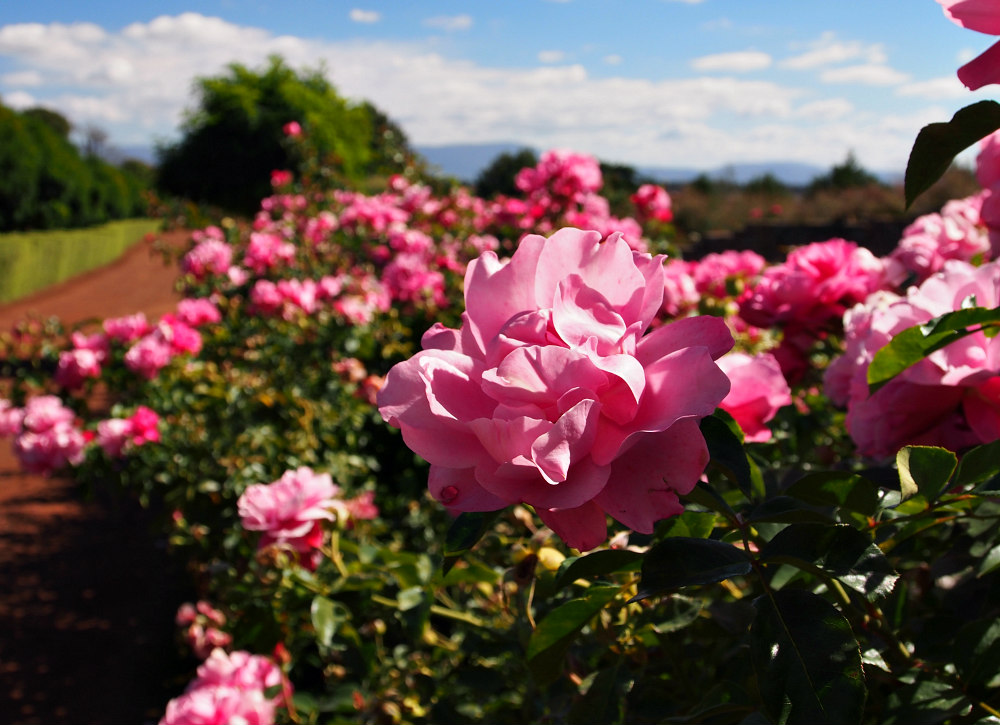
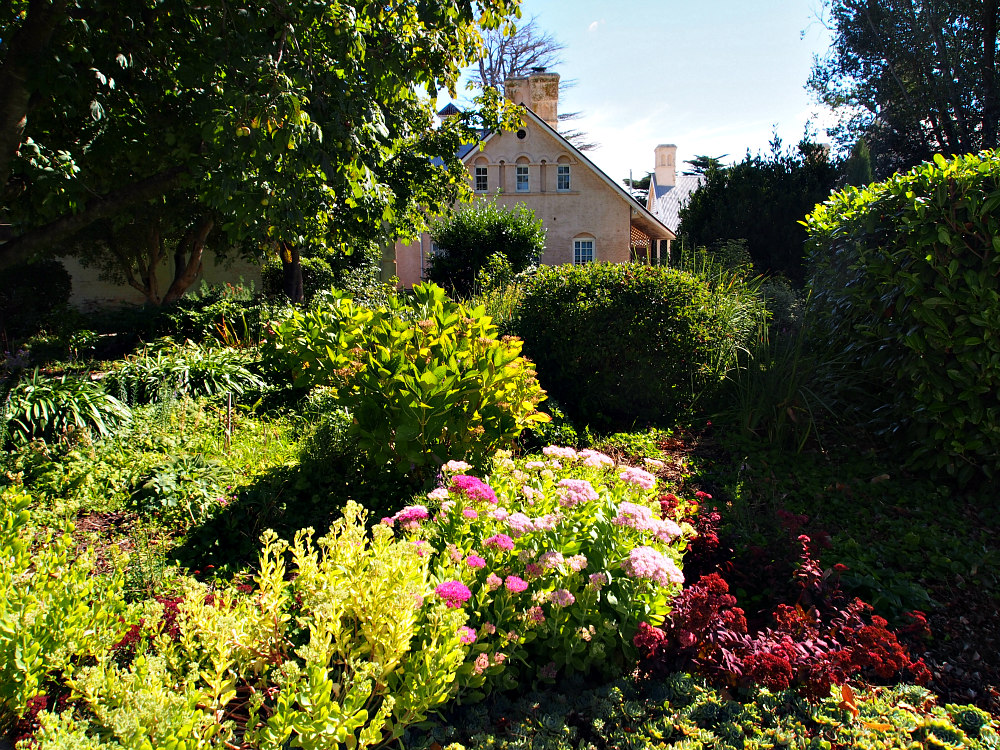
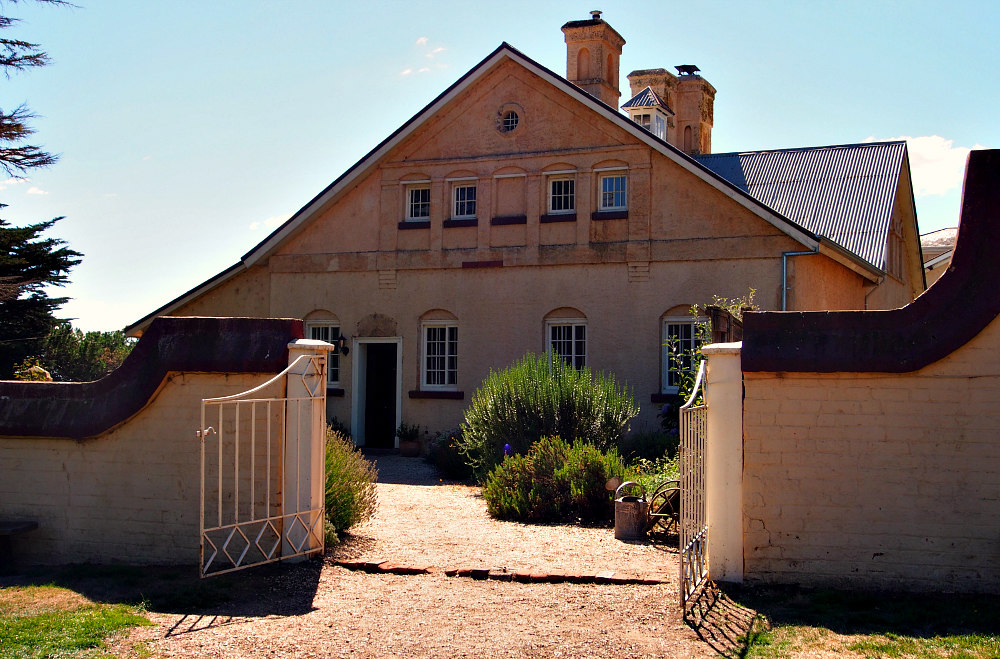
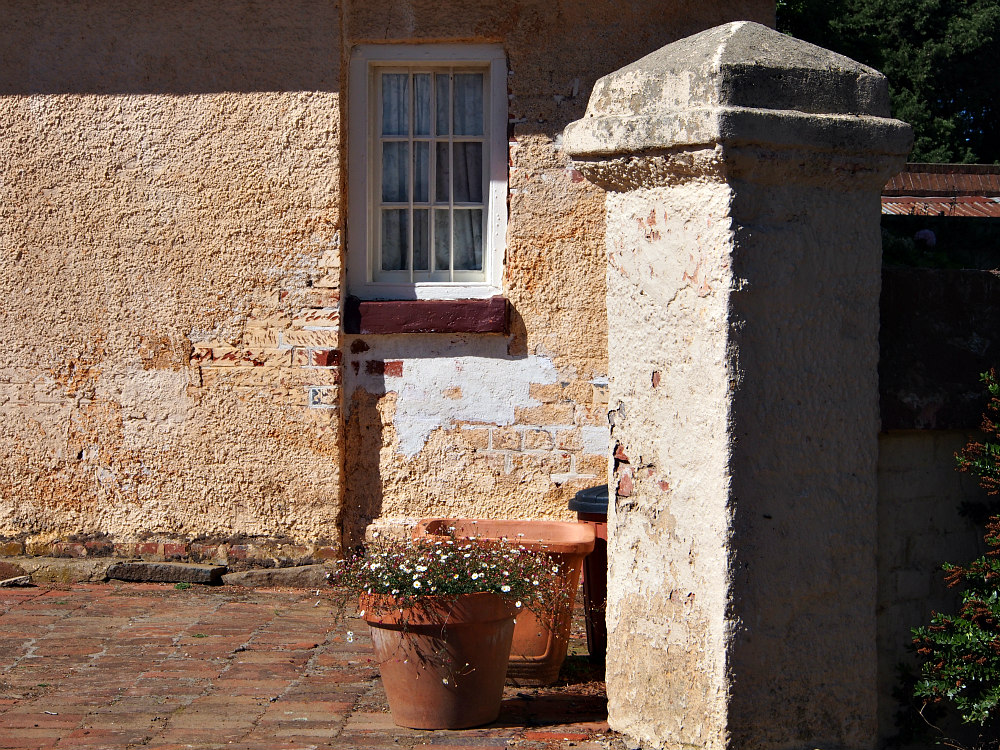
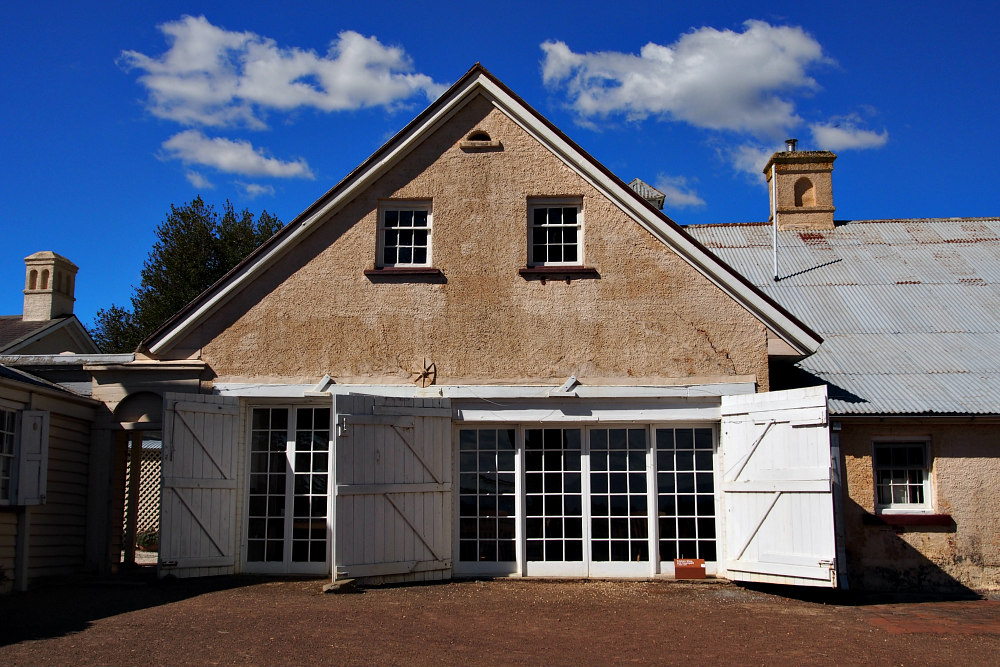
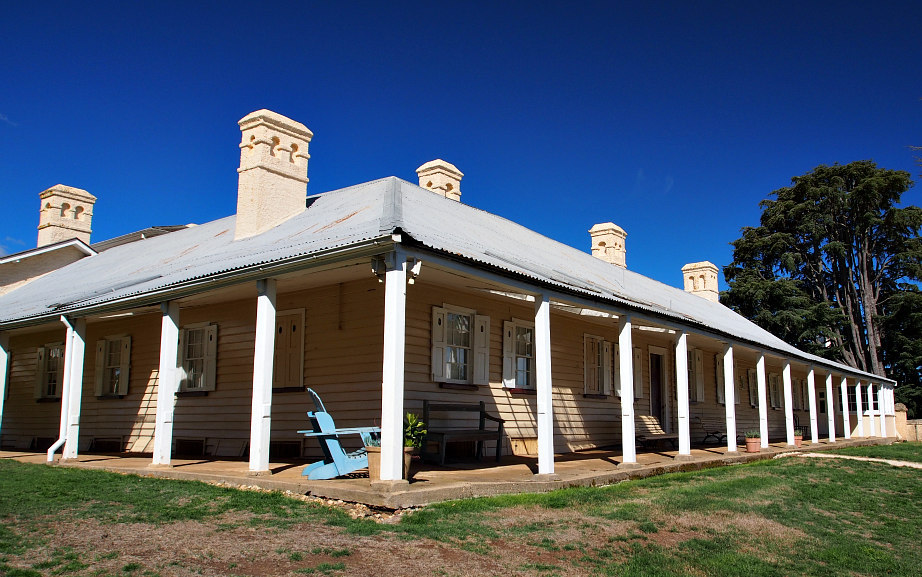
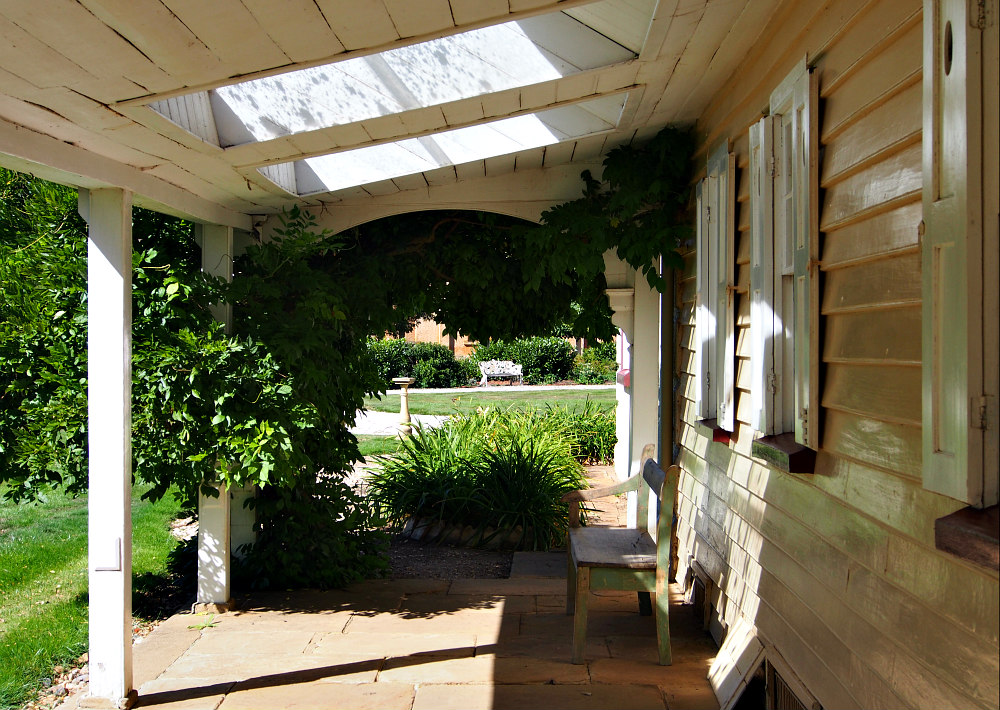
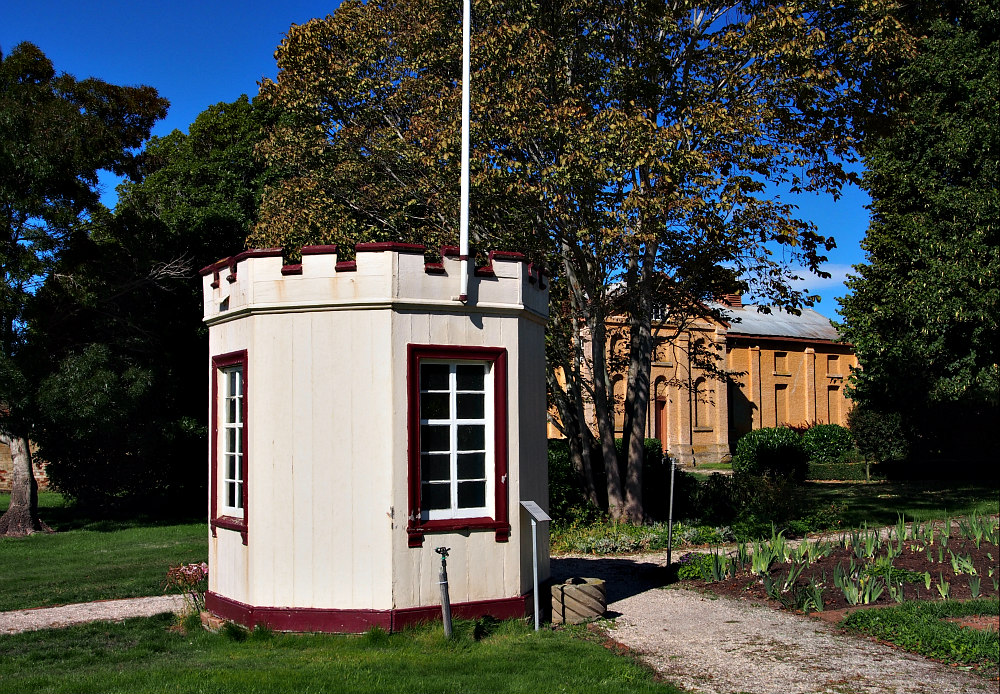
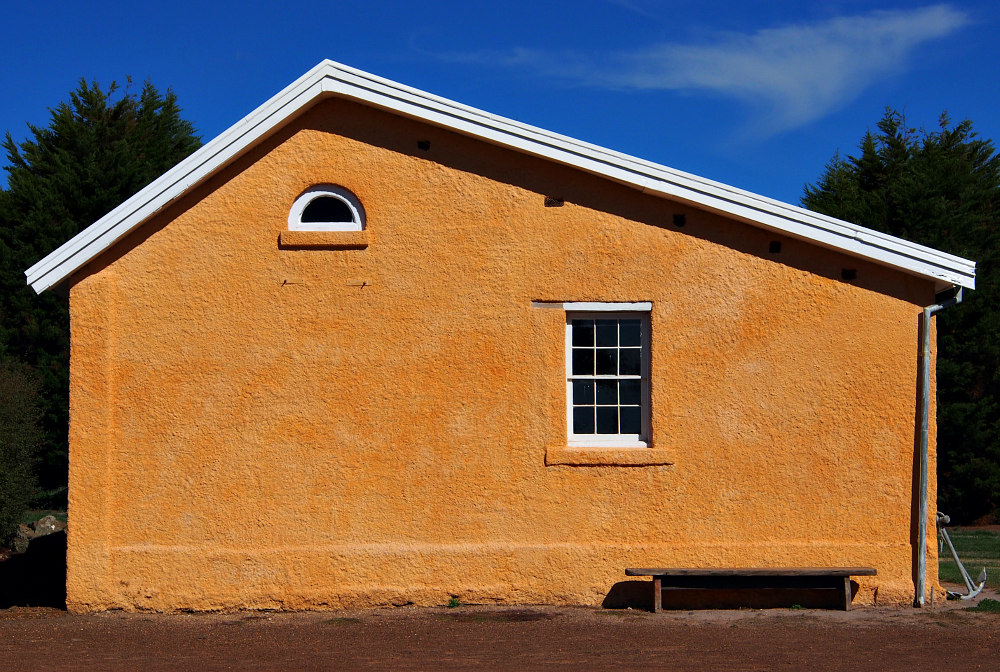
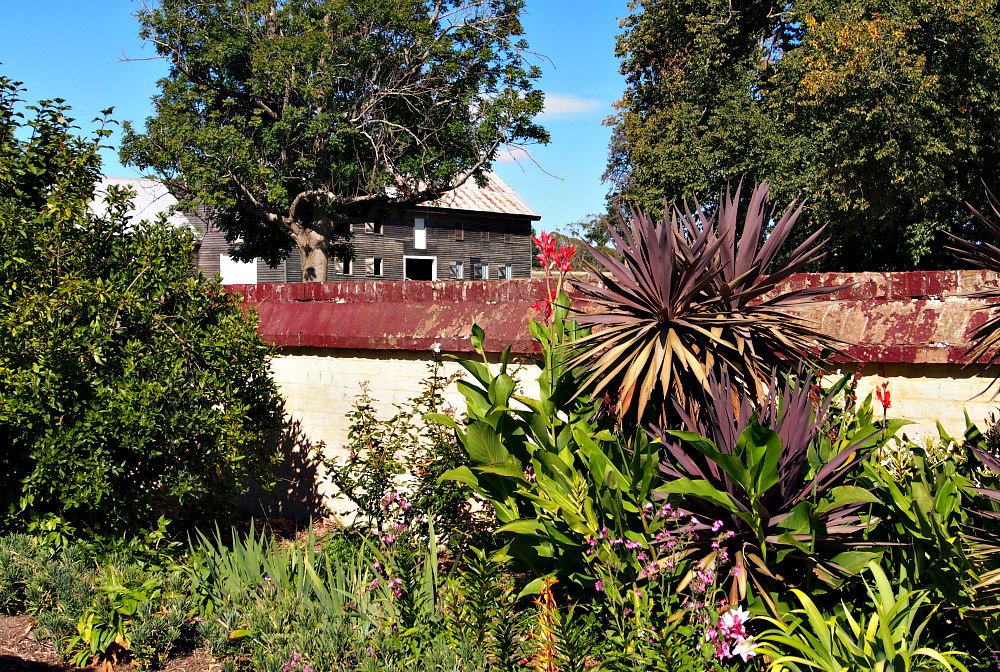
What a beautiful site and amazing history I love Tasmania enjoy this beautiful estate and thank you for sharing this post. Love your images and writing, it is always a pleasure to read your posts xoxo Cris
https://photosbycris.blogspot.com/2018/08/my-life-my-style-my-adventure.html